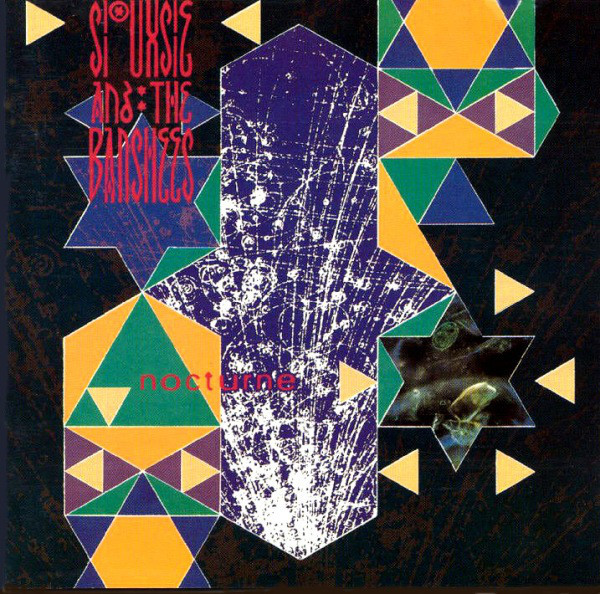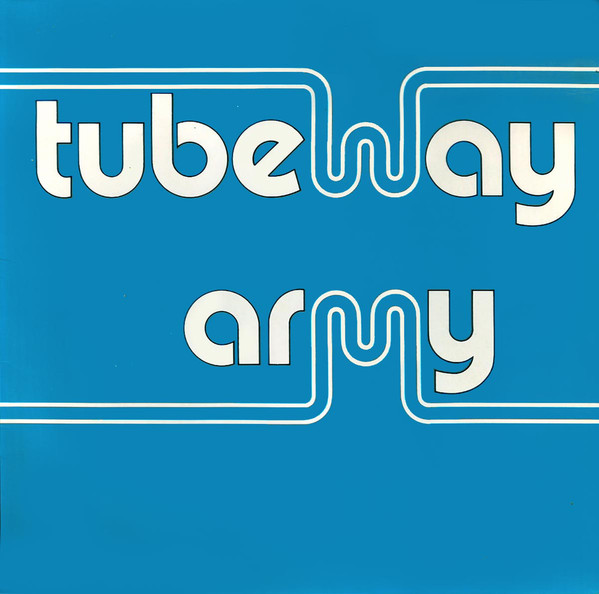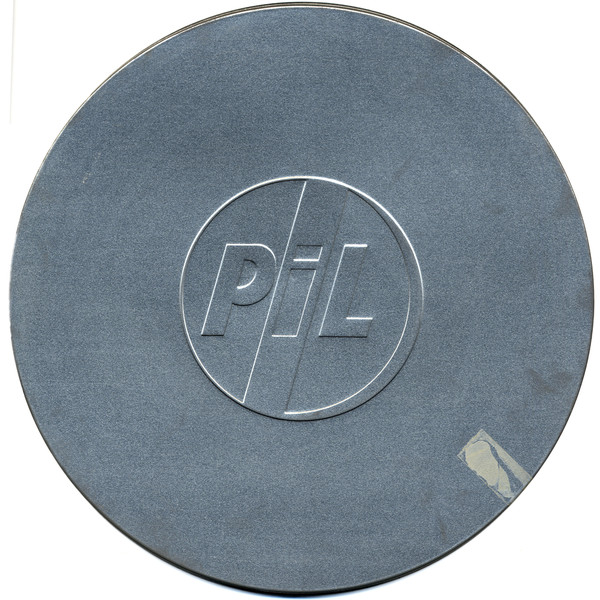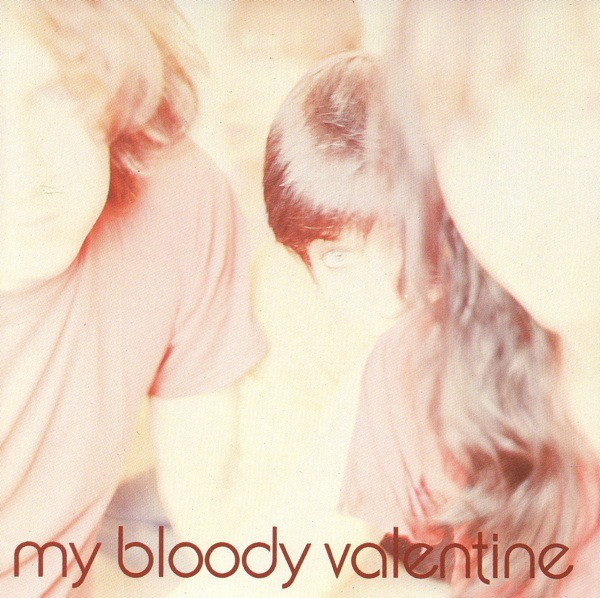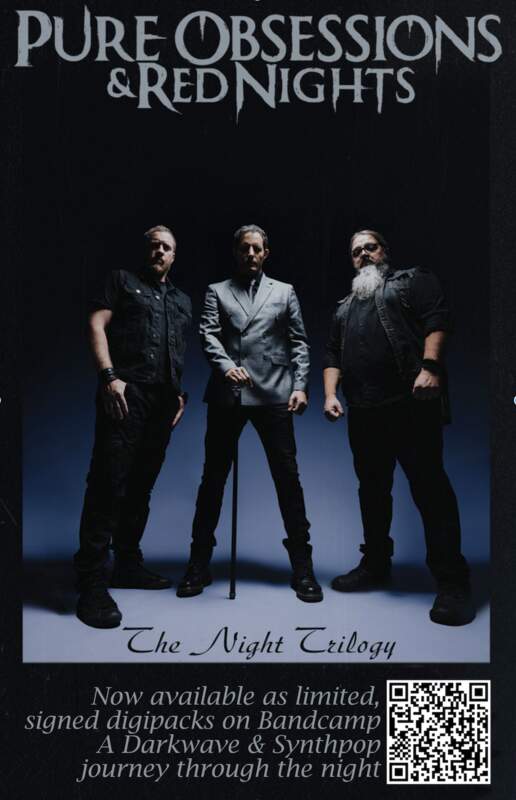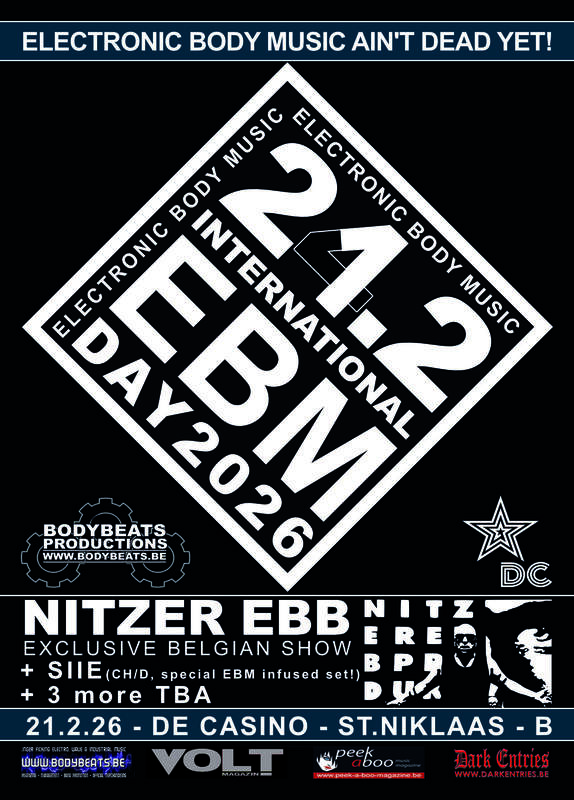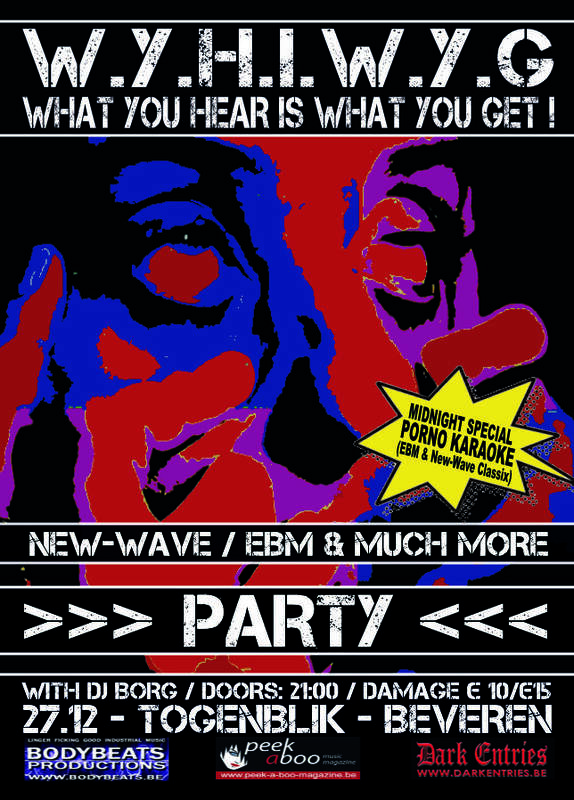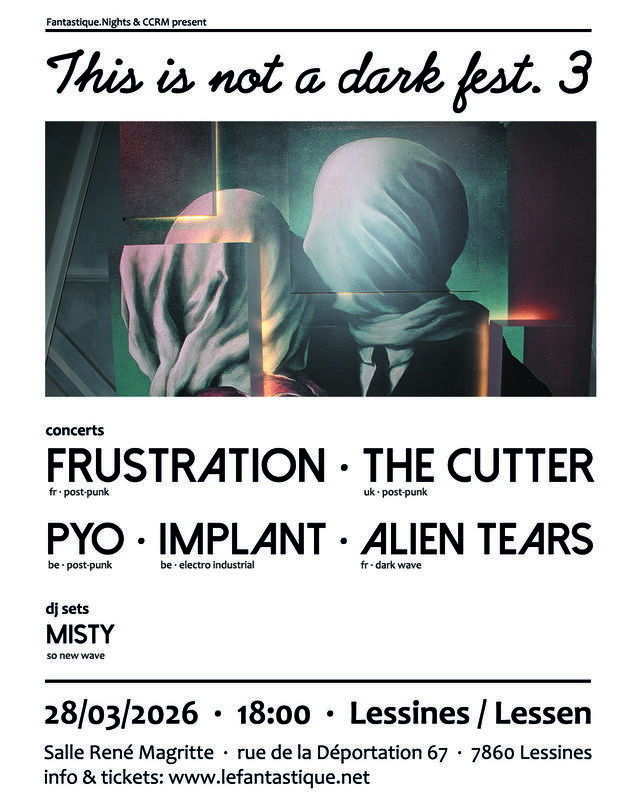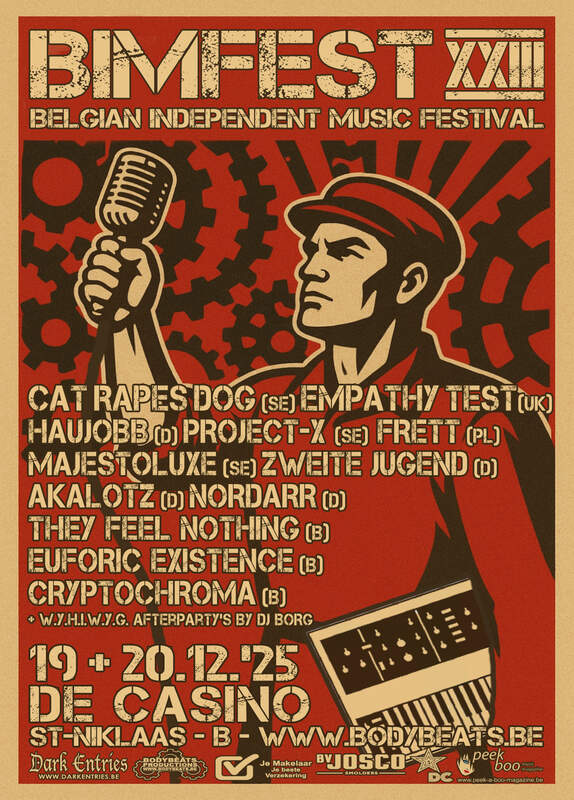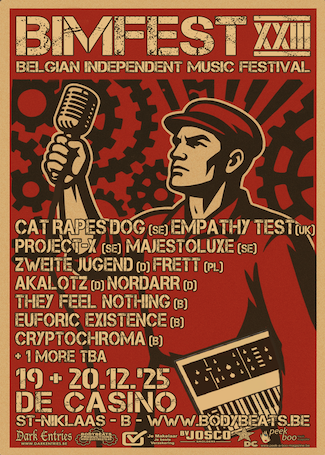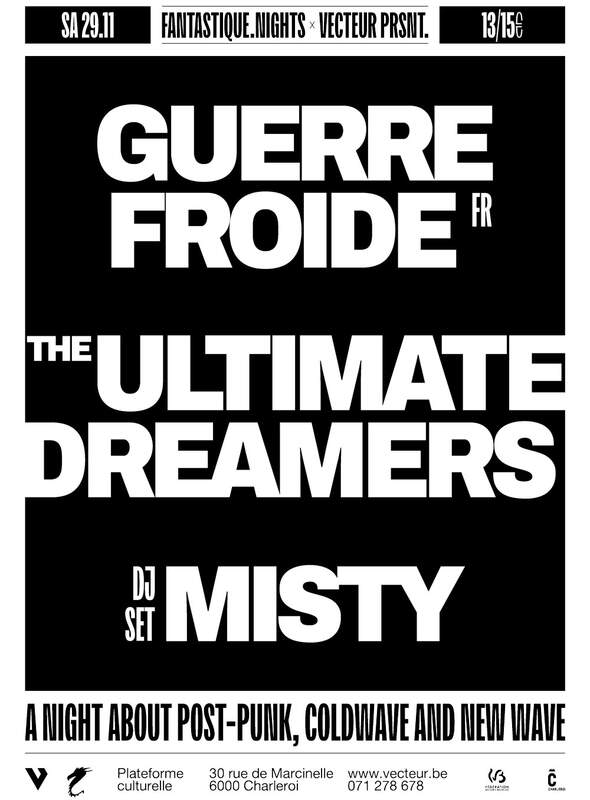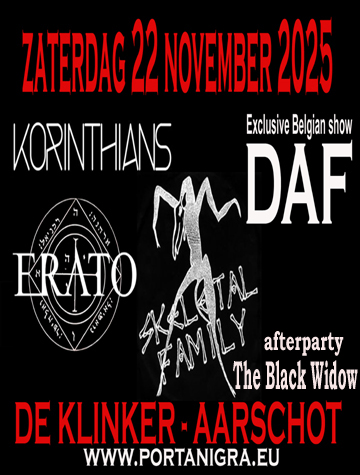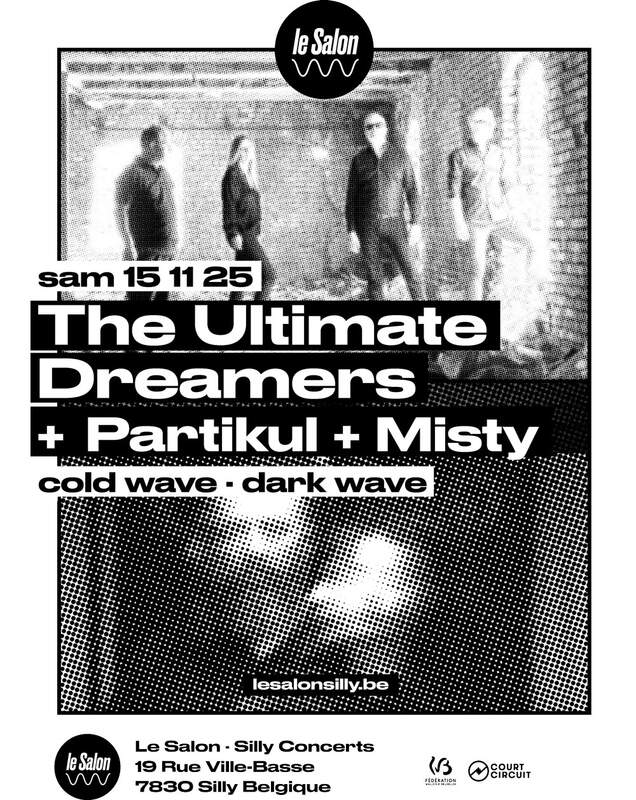The entrance to the The Banshees garden of eden is held within the live recording “Nocturne”.
Released on the 25th of November-1983, this set acted as a makeshift ‘greatest hits’ although the sound and the performances are astounding that it transcends any best of label. For fans of Siouxsie And The Banshees this is perhaps their finest and most treasured moment, for newcomers do not be put off by the ‘Live’ tag, the quality is beyond compare to most other live-albums recorded then and perhaps still today.
A recording of two shows in London’s Royal Albert Hall captured the band at the height of their powers while on support of the sublime “A Kiss In The Dreamhouse”, with the added dimension of The Cure’s Robert Smith who stood in to handle guitar-duties for the tour, it is his feedback-screeches that invade the sound with whips of white-noise.
The performance was a milestone in eighties-music, the band work as a cohesive unit throughout as the conjuring of Siouxsie Sioux drags the passion from punk with all the dark-cool of goth. The hypnotic-beats created by Budgie and the layers of bass runs by Steve Severin cemented the foundations of what could only be described as emotional voodoo, ensnaring the listener as much as it had the audience.
There is tension mixed with drama and paranoia, “Eve White/Eve Black” highlights the psychological spell Siouxsie Sioux can manifest with howls and cries from the abyss into the ether, whereas the inclusion of two Beatles covers in the thundering “Helter Skelter” and the mesmerizing “Dear Prudence” showcases the influences which had crept into the bands sound.
A presence of demonic spirituality gathers in the versions here of “Paradise Place” and “Spellbound”, the more honed sound of punk seems to be eradicated and replaced with a dark sophistication of despair all the time though it is executed with brilliance, this is Siouxsie And The Banshees captured beautifully in their natural habitat, the stage.
“It hurts
There's a pain in my head
I wish it would stop
But it never stops”.
Original 1983 Track List;
Israel
Dear Prudence
Paradise Place
Melt!
Cascade
Pulled to Bits
Night Shift
Sin in My Heart
Slowdive
Painted Bird
Happy House
Switch
Spellbound
Helter Skelter
Eve White / Eve Black
Voodoo Dolly
[KB]
On November the 24th 1978, Gary Numan had his first slice of stardom with the release of his first album, not a solo effort but his band at the time Tubeway Army, their album was the catalyst to everything Numan would do as a solo artist.
This album important for many reasons but the most important is because it was the hybrid of Punk and Electronic Sounds, it was transitional for Numan as his change in style between early singles such as the punk inspired “Bombers” and what would happen after on the electro-based “Replicas”.
By all accounts this transition was by accident, the album “Tubeway Army” was set to be a purely hard-rock sounding affair however, a Minimoog synthesizer in the studio lead Numan to experiment with the compositions and instead of purely guitar sounds he began to give an experimental quality to the album.
The blending of guitar and keyboards mesh wonderfully well throughout, the dark and at times dystopian-style lyrics show a darker side to Numan, this is cyber-punk, the themes incorporate elements of death, science-fiction, the isolation in loneliness and flirtations with the question of sexuality.
This was far removed from the star he would become, though the lyrics would never be bettered, “Everyday I Die” and the sublime “Shadow In Vain” showcase the talent on offer;
“Stagger down main street
A knife in my side
And I fall to the gutter In tears but with pride
And me I'm feeling okay”.
The tracks themselves became some of the strongest in the repertoire of Gary Numan, these range from the standout “Listen to the Sirens', through to “Friends' and 'Jo the Waiter' though still used today they are solid constructions and still stand the test of time.
Tubeway Army:
Gary Numan – guitars, lead vocals, keyboards
Paul Gardiner – bass guitar, backing vocals
Jess Lidyard – drums
Track listing;
'Listen to the Sirens'
'My Shadow in Vain'
'The Life Machine'
'Friends'
'Something's in the House'
'Everyday I Die'
'Steel and You'
'My Love Is a Liquid'
'Are You Real?'
'The Dream Police'
'Jo the Waiter'
'Zero Bars (Mr. Smith)'
[Kevin Burke]
With the implosion of the Sex Pistols came the death of Johnny Rotten, from his corpse rose the figure of John Lydon along with a new band, Public Image Limited.
With the aid of bassist Jah Wobble, guitarist Keith Levene (The Clash) and drummer Jim Walker (The Furies) a band was constructed who were capable of stretching further than within the limitations that punk presented.
After a debut release within a year of the Sex Pistols dissolution; “First Issue”, this was received with mixed reviews and it took a further album to open both critics and fans eyes which arrived on the 23rd-of November-1979 in the form of “Metal Box”.
It was here that Lydon’s vision of the Dub-Sound against electronic-experimentation in a punk framework came to fruition.
Here, Jah Wobble was key to the albums sound, the triple 12-inch set was a released as such due to that very bass sound and to provide the space on the vinyl to incorporate both the landscape and depth of drum and bass a more lavish release was conceived.
The songs themselves are unlike anything released at the time, the ten-minute opener; “Albatross”, an atmospheric showcase of where the band were heading with the strength of their musicianship;
“Slow motion, slow motion
Getting rid of the albatross
Sowing the seeds of discontent
I know you very well, you are unbearable”.
The ghost of the Sex Pistols crawls back to life on “Memories”, a break in the albums flow, showing that the album still retains roots in the genre while creating its own path.
A shot of organic-dub fires with “Poptones”, a twisting, turning-beast, easily Pil’s finest recorded moment, whereas the pain in Lydon’s voice during “Death Disco(Swan Lake)” is very real, there is both a menacing but vulnerable quality to his vocal delivery.
The recent death of his mother along with his friend earlier that year; Sid Viscous, comes out in a sublime, poignant dance of despair;
“Seeing in your eyes
Words can never say the way
Told me in your eyes
Final in a fade”.
The industrial aspect is very alive in “Careering”, a dark minimalism, which potentially builds with intensity only to fall down again as if a false promise is realized, whereas “No Birds” is a sonic, soaring guitar based number where Lydon punctuates his dreary lyrics all the whole Wobble guides all from the veering off course against Walkers drumming.
With the instrumental “Graveyard” a new wave prototype with cutting-guitar riffs against a steady beat as it rolls to a sudden halt and flows into “The Suit”, a creepy lyrical affair, a spite-bitten song, depressing and rambling words from Lydon and almost inaudible boogie piano riff. Still, though it does sound interesting and it brings us to an almost Captain Beefheart standard of arrangement.
The funky instrumental “Socialist” shows Jah Wobble in full-flight while surrounded by electronic-textures which tease but never fully form, as we break into “Chant” punk raises its head again, with a confusing-meshed vocal which loses the listener at times, “Metal Box” is at times hard work but ultimately worthwhile. In a huge contrast the beautiful and elegant new-age style of “Radio 4” closes out the album, from as if out of nowhere this piece of music arrived.
“Metal Box” stands as both highly influential and an anomaly in music which defies a categorization and so remains ambitious, stylish and would never be repeated by PiL, very little sounded or was ambitious at the time, while very little has had the same impact since.
Released On 23rd-November 1979, Six-Sides Played At 45rpm.
Metal Box - Original 1979 track List;
Albatross
Memories
Swan Lake
Poptones
Careering
No Birds
Graveyard
The Suit
Bad Baby
Socialist/Chant/Radio 4
[KB]
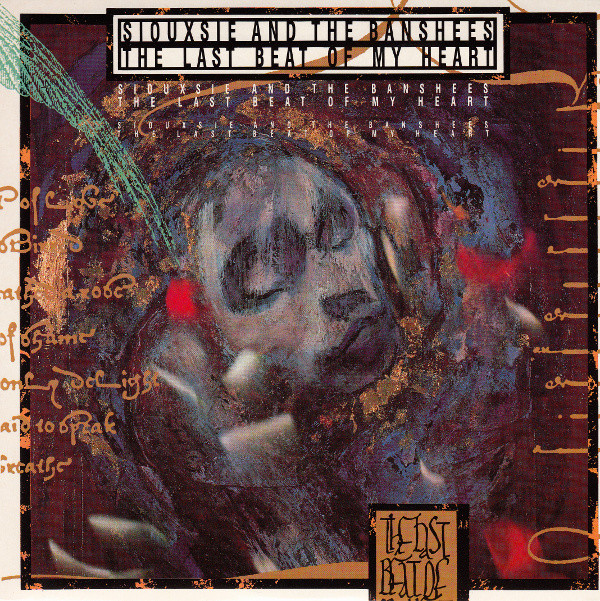
The Last Beat of My Heart by Siouxsie and the Banshees was released 36 years ago!
The Last Beat of My Heart by Siouxsie and the Banshees was released on 21st November 1988 by Polydor / Wonderland as the third and final single from the band's ninth studio album, Peepshow.
The song is a ballad with strings and accordion. Sioux's vocals addressed a lover who is leaving a relationship, as she asked for him to return to her. She declared her desire to be "close to you til the last beat of my heart".
"The Last Beat of My Heart" reached number 44 in the UK Singles Chart in December 1988. Upon its inclusion on the 1992 compilation album Twice Upon a Time: The Singles, a live recording of the song from 1991 replaced the single version.
The Last Beat of My Heart (7"/12"/CDS)
| 1 | The Last Beat Of My Heart | 4:27 |
| 2 | El Dia De Los Muertos | 3:33 |
| 3 | Sunless (12" + CDS only) | 4:21 |
| 4 | El Dia De Los Muertos (Espiritu Mix) (CDS only) | 5:36 |
The Last Beat of My Heart (Lyrics)
In the sharp gust of love my memory stirred
When time wreathed a rose a garland of shame
It's thorn my only delight war torn
Afraid to speak, we dare to breathe
Majestic, imperial a bridge of sighs
Solitude sails in a wave of forgiveness
On angels wings
Reach out your hands, don't turn your back
Don't walk away
How in the world, can I wish for this?
Never to be torn apart
Close to you 'till the last beat of my heart
At the close of day the sunset cloaks
These words in shadow play
Here and now, long and loud
My heart cries out
And the naked bone of an echo says
Don't walk away
Reach out your hands I'm just a step away
How in the world can I wish for this?
Never to be torn apart
Close to you till the last beat of my heart
How in the world can I wish for this?
Never to be torn apart till the last beat
Till the last fleeting beat of my heart
Songwriters: Budgie / Steven Severin / Susan Ballion
Although the band had several releases since 1985, Isn't Anything is often considerd as the real debut studio album by My Bloody Valentine. It was released on 21 November 1988 by Creation Records. Its innovative instrumental and production techniques consolidated the experimentation of the band's preceding EPs and would make it a pioneering work of the subgenre known as shoegazing.
Upon its release, the album received rave critical reviews and reached number one in the UK Independent Album Chart. A 1988 year-end roundup of the year's top albums in Melody Maker ranked Isn't Anything third of the year and called it “a raving nymphomania and out-of-body experience establishes them as absent-minded rulers of this daydream nation."
Isn't Anything has subsequently become regarded as one of the greatest albums of the 1980s. The album has been included in The Guardian's list of "1000 Albums to Hear Before You Die" and ranked as number 16 in their "Alternative Top 100 Albums" list.
The NME ranked the album at 187 in its list of The 500 Greatest Albums of All Time while Pitchfork selected the album as the 4th best shoegaze album of all time.
Isn't Anything (tracklist)
Soft As Snow (But Warm Inside)
Lose My Breath
Cupid Come
(When You Wake) You're Still In A Dream
No More Sorry
All I Need
Feed Me With Your Kiss
Sueisfine
Several Girls Galore
You Never Should
Nothing Much To Lose
I Can See It (But I Can't Feel It)
Bonus tracks (Originally included as bonus 7" with the album)
Instrumental A
Instrumental B


